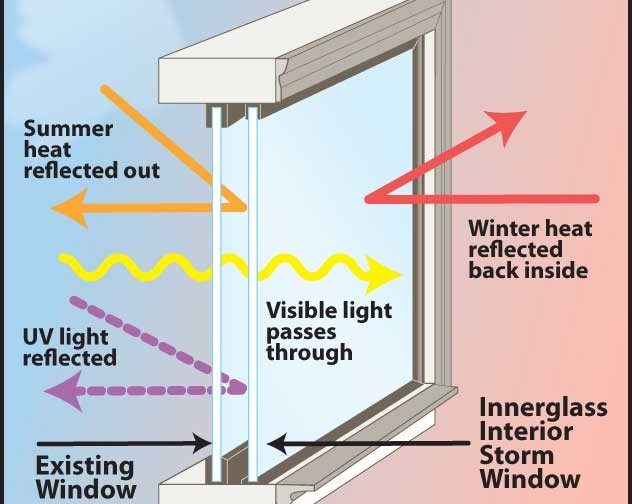All Categories
Featured
Table of Contents
Best Way To Block Sun Heat From Windows [Professionally] in Langford WA
Laminated glass is typically used in areas in the home most prone to injury from human impact such as restrooms, doors, around staircases and in areas close to the flooring (it meets the requirements of 'security glass' that is mandated for usage in these areas by Australian Standard AS 1288 Glass in structures).
Toughened glass has actually been 'tempered' by being reheated and quickly cooled once again. This procedure makes it much stronger than standard glass it can withstand greater effect loads before breaking. It also makes it much safer because, when it does shatter, it gets into lots of little cubic pieces rather than dangerous fragments.
Double Glazing For Warmer Temperature : R/melbourne in Ridgewood Perth
Toughened glass has no thermal or acoustic advantages over other glass of the very same toning or thickness. Secondary glazing is where single-glazed windows are retrofitted with a transparent acrylic or glass sheet connected to the inside of the frame or openable sash with a secondary frame or with magnetic strips.


Secondary glazing will not perform as well thermally as a produced IGU, considering that it is difficult to completely seal the perimeter, but it can supply great noise control. Window movies are a thin polymer movie containing a soaking up color or reflective metal layer, with an adhesive backing. They adhere to your glazing to change its colour or make it reflective.
Double Glazed Windows Melbourne in Cannington WA
Applied to existing glass, some window movies can cut in half the overall SHGC of the window by taking in and/or showing solar radiation. This can be particularly beneficial in hotter climates where cooling is the main issue, or on east and west elevations directly exposed to long durations of sunshine. Window films may also minimize visible light transmittance.

For this reason, it is usually best to utilize a certified installer of window movie. Frames have a significant impact on the thermal efficiency of windows and doors, since energy can be acquired and lost through the frame, in addition to through the glass. Different types of frame will allow various levels of heat gain and loss, so mindful option of frame is important for effective passive design.
5 Benefits Of Double Glazing Windows in Caversham Perth
Nevertheless, aluminium is likewise a great conductor of heat and will reduce the insulating worth of a glazing system, unless particularly engineered to minimize this. A 'thermally broken' frame is comprised of 2 aluminium sections connected by a structural insulator (usually a low-conductivity structural polymer). This 'breaks' the thermal connection through the aluminium and decreases the heat streaming through the frame.
Wood frames are a great natural insulator that can fit some house designs. Lumber frames need to be made from species that have naturally high durability or be dealt with to avoid decay and contortion.
The Surprising Benefits Of Double Glazing In The Summer ... in Lathlain WA
However, this can lead to gaps that allow air seepage unless excellent draught sealing (weather removing) is set up. u, PVC is a form of plastic (unplasticised polyvinyl chloride, likewise called stiff PVC). u, PVC frames offer exceptional thermal efficiency, typically better than wood or thermally damaged aluminium. u, PVC is long lasting and needs really little maintenance, and can be moulded into intricate profiles that supply outstanding air seals.
u, PVC doors and windows have outstanding thermal efficiency Picture: Ben Wrigley (Light Home Architecture and Science) Composite frames utilize aluminium profiles on the outer areas with either a timber or u, PVC inner area. These integrate the low upkeep and durability of aluminium with much improved thermal performance.
Table of Contents
Latest Posts
Triple Glazing Vs. Double Glazing: What Are The Differences? in North Beach Western Australia
What Are The Best Upvc Windows For Summer in Secret Harbour WA
Why Is Double Glazing So Important In Winter? in Yanchep WA
More
Latest Posts
Triple Glazing Vs. Double Glazing: What Are The Differences? in North Beach Western Australia
What Are The Best Upvc Windows For Summer in Secret Harbour WA
Why Is Double Glazing So Important In Winter? in Yanchep WA